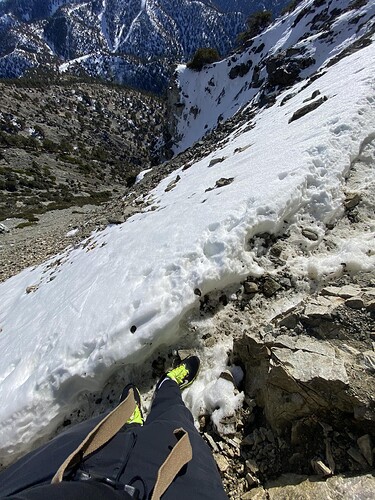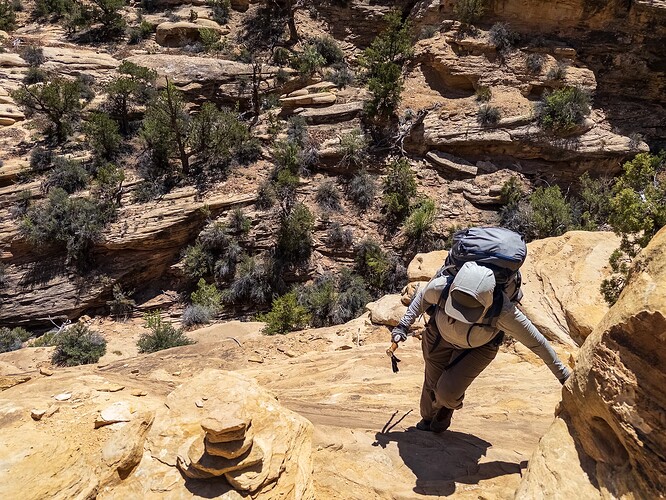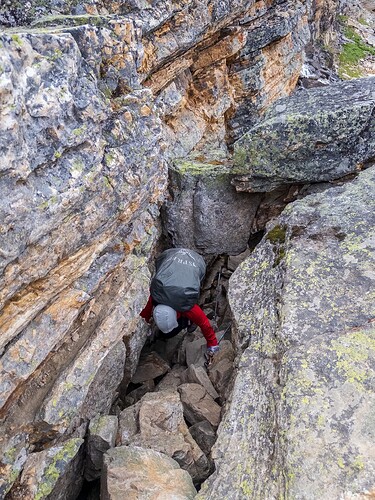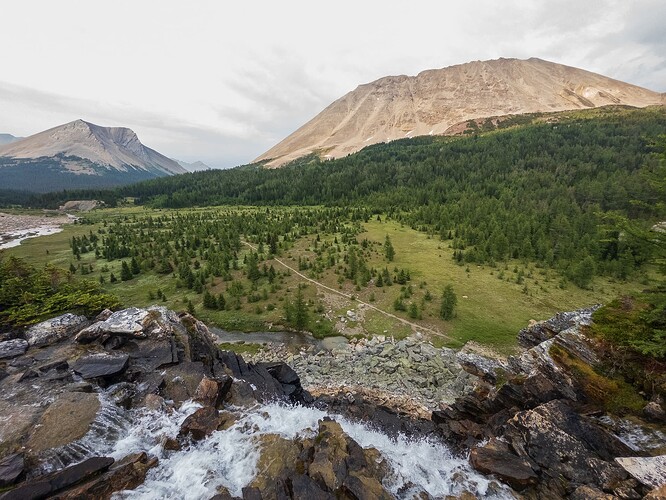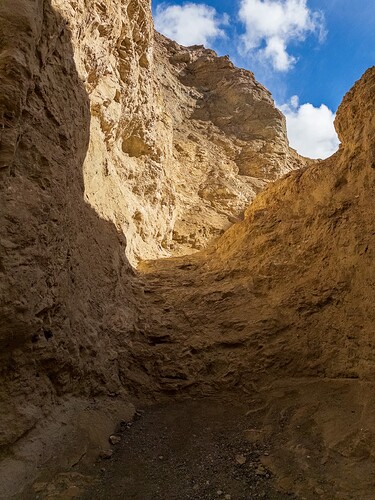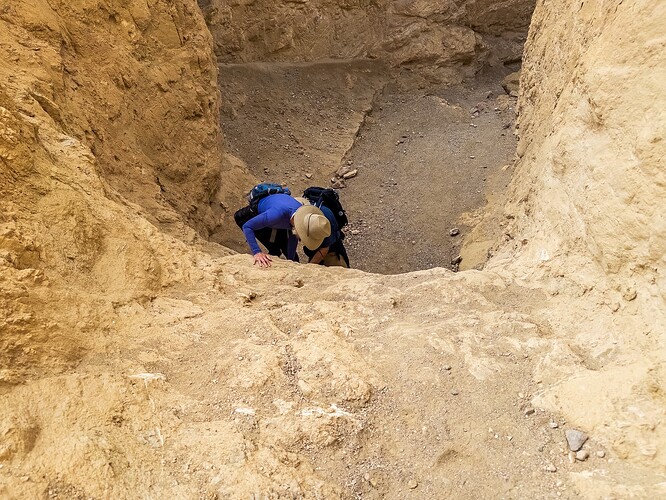Coming back to this after a break, I’ll try and look at photos later and contribute some in the next few days.
Instead of directly quoting people I’ll address some issues I have repeatedly seen here and/or have been bouncing around in the back of my head for a bit.
this is no longer a foot_scale
This should just be called something like walkability scale - all the values refer to walking. trail_walkability doesn’t feel right as it isn’t just for trails, but I had been thinking of dropping the suffix because it seems redundant. path_walkabaility would make sense.
Given the reworking of values 4 and 5 this scale is now firmly aimed at non-technical paths. That’s not necessarily a bad thing, but it leaves a large gap in between it and technical climbing for legitimate paths. I would lean into saying that YDS 4 / SAC T6 are more “routes” than “paths” especially as they get into what is considered technical climbing. There are however a good amount of legitimate commonly used paths that include some simpler scrambling - I’ve been on them in California, Utah, New York, Argentina, Chile, and New Zealand. Just labeling them “unworkable” seems… weird to me. And in ALL of these cases people would consider themselves to be on foot. foot_scale to me was meant to cover when people are on foot, stopping at technical climbing while refocusing on the lower end of the spectrum where the majority of users are.
The top value seems a bit odd to me. How many paths in OSM are caving crawls? If someone has to duck under a tree or chockstone and they are no longer “walking” does that make a path unworkable? If I’m on some surefooted terrain I could be “hopping” and on some “impeded” terrain I’m often leaning on hand on talus and cantilevering around it etc which isn’t “walking”. This scale seems to peter out on the simpler side of YDS 2 / SAC T3 which leaves a lot of room up through YDS 3 and SAC T4/5. Having spent some time boulder hopping in Joshua Tree recently I was definitely “on foot” but not “walking”. Having some plan for semi-technical terrain aside from “just use SAC worldwide” would be nice to see.
@Hungerburg in the original thread agreed that terrain up to T4/5 is “on foot”, and @Adam_Franco gave some examples of fairly regularly occurring non-alpine terrain on paths that would just be “unwalkable” here. What does that mean for people?
I think it could be worth proposing this walking path scale, and then alongside it present a modified version of the foot_scale as opposing options each with their pros and cons. I came up with the original idea and values, @ezekielf came up with the name, a lot of people contributed to the discussion and then it was sort of redefined (for better or worse!) in this new thread - it’s more of a fork of the original idea IMO.
impeded doesn’t feel quite right
I can be walking down a sidewalk and be impeded by other pedestrians, or have to brush a branch out of the way. I know it’s hard coming up with a single word, but I’d lean more on the original thread that was centering on something like hands_for_assistance or assisted_by_hands.
the lack of detailed descriptions for values leads to ambiguity
I don’t think mine are perfect or complete, and having a one line subtitle of sorts below each would make sense (that would get pulled into an editor) for skimmablity makes sense, but keeping them to a single sentence tops leads to more “interpretation” like we currently have with the SAC derived trail values.
The original value descriptions at least tried to address some of the comments here about someone with mobility or strength issues pretty directly.
One thing rattling around in the back of my mind is that it was too focused on “obstacles” and mentioned traction but traction is a big part of it. If a path has deep sand, is typically muddy, or is slick from being near flowing water etc terrain without roots or rocks in it surefooted. Likewise a typically dry path right after rain should be probably kept at its casual/attentive base.
The overgrown scale near the top doesn’t feel right to me. The values make sense against the value names, but there’s a big difference between surefooted walking on smaller talus and a walking through tall grass on an even surface, or having to push branches out of the way vs more dynamic moving on larger talus requiring use of hands to push off of rocks etc.
I can easily think of a trail that hasn’t been maintained for decades where I had to push through some tree branches but wasn’t any harder than attentive_walking as they had little resistance and the path was still solid single track underneath, and coming down a uneven slope with ankle high grass on loose ground where I was concerned about my traction and was surefooted.
Overgrowth can also be seasonal - I think it’s better suited to be it’s own tag perhaps, or people can just think of how it impacts the path in the context of the existing values and expected requirements / experience.
People can come up with perfectly reasonable 1-5 scales for mud, sand, etc but they won’t map onto IMO the point of the scale which is to help people pick terrain they or others will be comfortable with.
separations of concerns
I’m still for disambiguating exposure from this scale. We don’t have a workable hazards/obstacles key or (less likely) an exposure one but it’s entirely possible to have a significantly exposed attentive_walking that is very different from a scramble.
Anyone that is capable of attentive_walking can do this (not my photo, it just came up recently) - if they’re comfortable with exposure. If we just bump it to, what unwalkable that’d be… weird. If we bump it up to say impeded walking that doesn’t make much sense to me as it’s a very different experience than being on talus etc. It’s definitely not “unwalkable” despite being very exposed. Less physically demanding (though some coordination is needed, it’s not casual) but more psychologically demanding.
